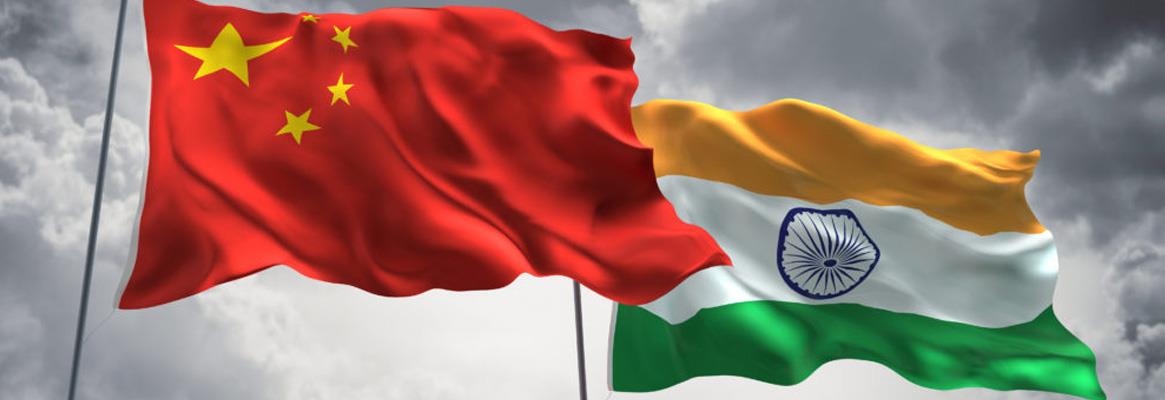India and China – the textile hotspots. These two countries have a long history of being a mainstay of the economy’s global trade linkages. Since years, textile manufacturing in both countries has struggled with increased wages, higher power costs, mounting logistic costs, and increased bureaucracy. India’s manufacturing costs of textile and apparel is still higher than China as the country has overcome the challenge by moving their production to small countries with lower labor costs, lower power costs, and lax regulations. This made Chine the top manufacturer and India the 2nd largest manufacturer of textile and apparel.
Apparently, the textile landscape is bleak and apparel market is evolving quickly. So, How India and China are becoming the emerging markets for textile and apparel?
Let’s put some light on forces driving the textile and apparel industry of these countries.
Tech- In- Textile
Textile and clothing industry is embracing technology like never before. Smart textile is adding more value to the wearer with novel technologies like 3D-Printing clothing, NFC Interactive Clothing, VR- Model, Color-Changing Fabric, and self-heating fabrics. In 2018, the market size value of smart fabric was USD 878.9 million and is anticipated to grow at a CAGR of 30.4% from 2019 to 2025. China and India are the two major manufacturers of smart fabrics. The forces driving the growth of smart textile are an uptrend in the wearable technology industry, increasing demand for sophisticated electronics, miniaturization of electronic components, and the rapid growth of wireless sensor networks. Today, smart textiles are used in diverse industries like military and protection, architecture, sports and fitness, transportation, fashion and entertainment, and medical. It is believed that smart fabrics will grow stronger in the future.
Sustainable Fashion
In the world of fast-fashion, sustainability is among the biggest challenges of fashion industry.
According to a report by Global Fashion Agenda, the amount of clothing being purchased is expected to rise by 63%, from 62 million tons today to 102 million tons in 2030. Click to tweet
That means, the gap between sustainability progress and industry output will get widen with time if the issue is not addressed. But the good news is, 33% of consumers have switched brands to support sustainable fashion and 50% of shoppers plan to switch brands to eco-friendly ones in the future, according to the same report. China and India are manufacturing sustainable apparel to meet the market need. Global Lifestyle Monitor stated, 65% of consumers in emerging markets actively seek out sustainable fashion while 32% or less in mature markets. As production and consumption increase, China and India may be well-positioned to lead the ethical fashion revolution if their attitudes towards sustainability remain the same.
Modern Machinery
Every manufacturer has the potential to integrate modern machinery into their operations to become more competitive. China and India understand the importance of automation and advancements in textile processing techniques. Clearly, automation has changed the textile industry to boost the production with quality enhancement and profits are touching the sky. The modern textile machinery is featured with the electronic controlling system, computer-aided design, automated inspection, automated material handling devices, numerical control machine tool, statistical process control, production planning/inventory management software, pick/place robots, and nanotechnology to improvise textile machinery, processing, and manufacturing. With the highest manufacturing of textile advance machines, China and India are set to dominate the textile industry globally.
Beyond Globalization
Textile and apparel industry is homogenizing fashion across the globe. Textile leaders – China and India are the driving forces behind the globalized world of fashion. Globalization means, sourcing capital from where it is cheapest, manufacturing where it is cost effective and selling where it is most profitable. The other macroeconomic forces are – market competition, volatile raw material prices, movement of capital, increasing sales, change in retailer’s model and updates in government policies. The mass-market consumerism of China and India is expanding their focuses on small-batch consumption, regionally produced high-quality textile and clothing manufactured at a higher price point, in comparatively small runs. Now, brands are looking beyond the borders to find the right producers and customers. Globalization has also given voice to customers from various cultures. The idea of globalization is not to get uni-culture but to get multi-culture and slowly we are grasping the diversity of human culture.
Future Outlook
The textile and apparel industry is among the largest in the world with the value of USD 2.5 Trillion and employing around 60 million people along its global value chain, stated by United Nation Economic Commission for Europe. China’s textile story remains strong in the industry. On the other hand, India is ready to do more manufacturing – four-year-old” Make in India” plan would raise manufacturing’s GDP share from 16% to 25% by 2025. The notion of India as the “World’s back office” and China as the “World’s factory” to empower the global economy has been around for two decades but has not taken off mainly because India and China want to be both the world’s back office and the world’s factory too, not just one or the other,” said Mohan Malik, professor at the Asia-Pacific Center for Security Studies.
China and India both are participating their best to emerge as the industry leader to bring more foreign investment.








Comments